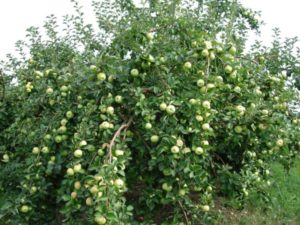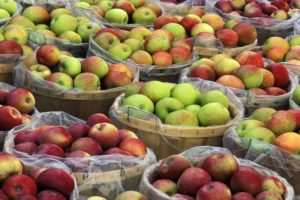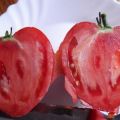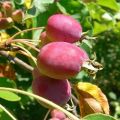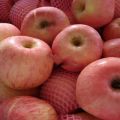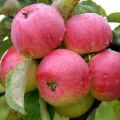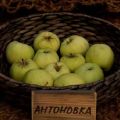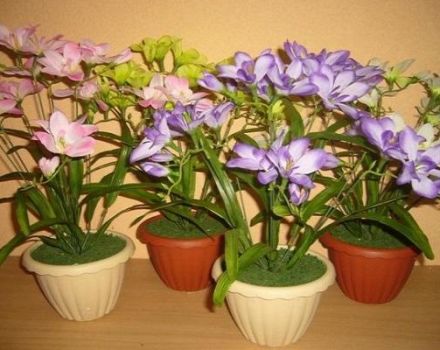Description, characteristics and winter hardiness of the Krasnoe early apple-tree, cultivation
The apple tree is one of the most common plants in the garden. Breeders do not stop there and try to breed as many species as possible. The varieties tested over the years also do not recede into the background. Red early deserves special attention - an apple tree that gives small fruits of incredible taste.
The history of breeding varieties Krasnoe early
The apple tree was bred in the 60s. The variety is the result of crossing Vesna and Melba. Since then it has taken pride of place in the gardens of gardeners around the world.
The advantages and disadvantages of culture
Variety advantages:
- the appearance of apples;
- taste;
- drought resistance.
Disadvantages:
- poor keeping quality of fruits;
- short storage period;
- inability to transport long distances.
Reaching maturity, the fruits crumble. It is necessary to harvest on time. With each fruiting, the size of the apples becomes smaller. Harvested apples are stored for no more than a month in a cool place.
External tree parameters
The description of the variety helps a person make a choice. An important role is played by parameters such as tree height, crown width, and others. This will help decorate the garden area.
Barrel height
Early red belongs to the group of medium-sized trees. The maximum height is 5 m. This indicator allows for high-quality care and harvesting.

Crown diameter
At a young age, the seedlings have a rounded crown shape. With growth, it changes and becomes spreading. The width depends on the formation. If you do not do this, the indicator will reach 3 m.
Branching of the root system
The seedlings have compact roots. This is convenient since there is no need to dig a deep hole. With the growth of the tree, the root system changes, becoming branched.
Fruit
The early red bears fruit similar to toy bright red apples. Rounded and small in size. The weight of one specimen does not exceed 100 g. Light yellow and loose flesh is hidden under the thin skin.
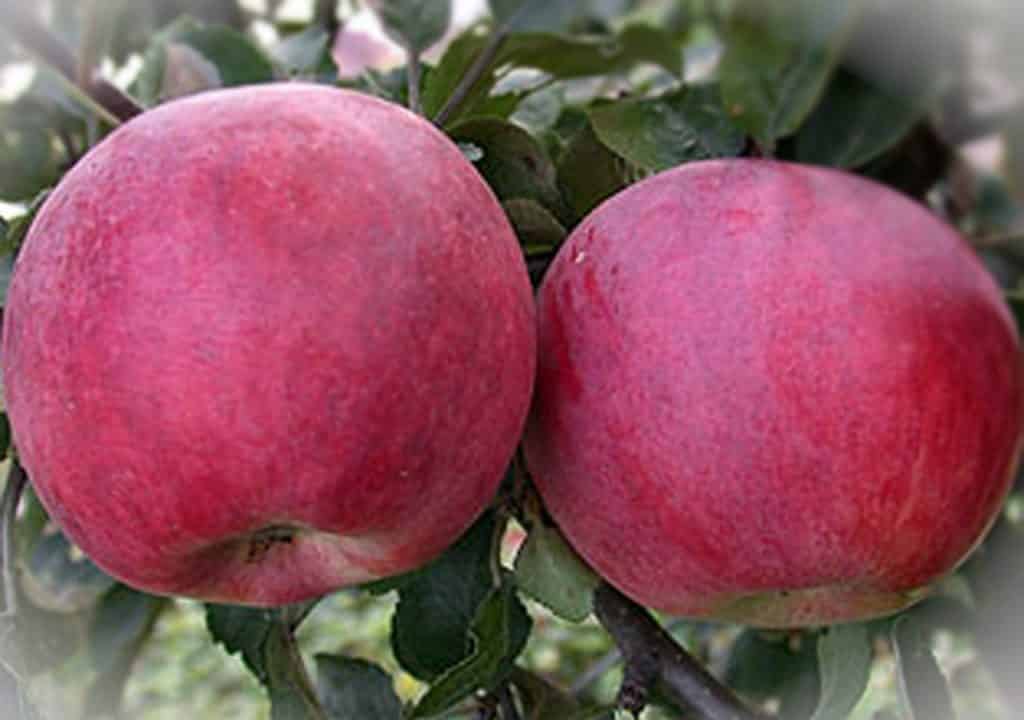
Apple tree specifications
An important component of the Red variety earlier. By studying the information about the variety, the grower has an understanding of the immune system and the growing region.
Winter hardiness
As a result of obtaining a new variety, breeders did not manage to make the tree resistant to winter cold. This was reflected in the choice of the region for growing Red Early.
Due to its resistance to drought, the tree takes root well in countries with hot climates.
Disease and pest resistance
The level of stability is medium. Among insects, apple moth, aphid and moth are noticed. Red is previously affected by powdery mildew, cytosporosis, fruit rot and scab.
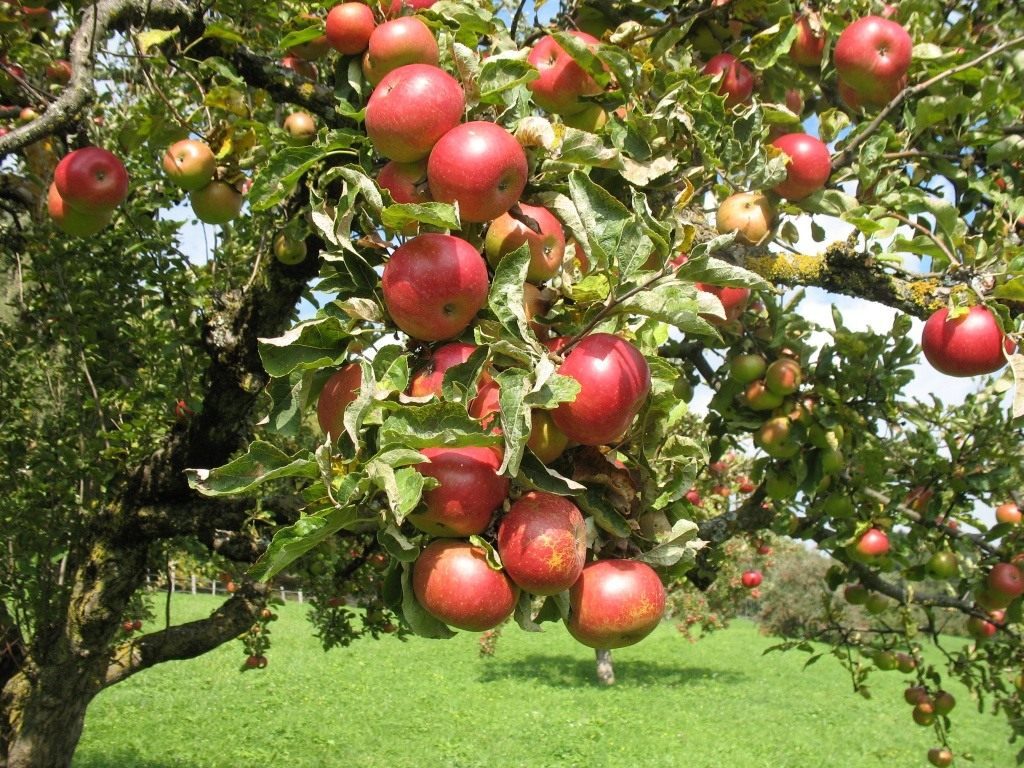
Growing area
Regions with a temperate continental climate are suitable for the variety.
Features of fruiting
The ability to produce fruits of good taste and presentation is what the gardeners are most interested in.
Taste qualities
Fruits are popular with people, so they get positive reviews in this category. The pulp is pleasant with sweet and sour notes. As it turned out, the fruits are not only beautiful, but also very tasty.
The beginning of fruiting
A young tree does not immediately yield a harvest. Fruits appear in the 5th year after planting in the soil in a permanent place. Bears red early every season.
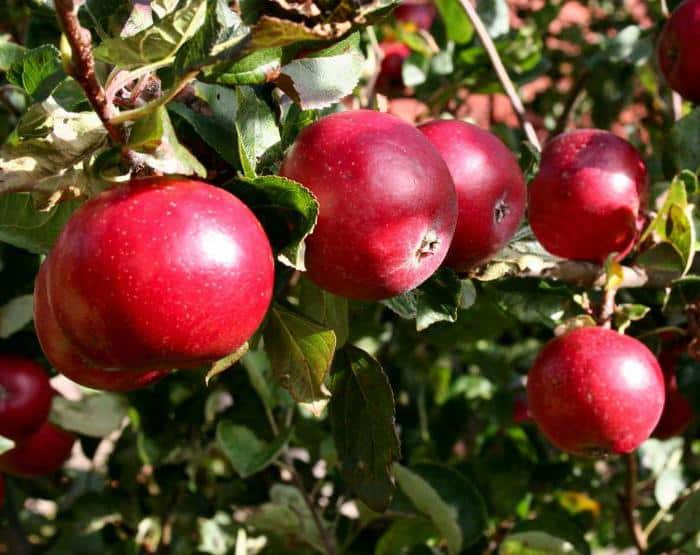
Pollinator varieties
For the formation of fruits, there is no need to plant other varieties of apple trees near the tree. The early red is self-pollinated.
The period of flowering and ripening of apples
Flower formation occurs at the end of May and continues until early June, like most trees. Ripe fruits can be tasted at the end of July. The apples ripen until late autumn.
Harvesting and using the crop
The fruits are cut as they ripen. This is done in several stages. The collection is carried out regularly, as ripe apples quickly fall off.
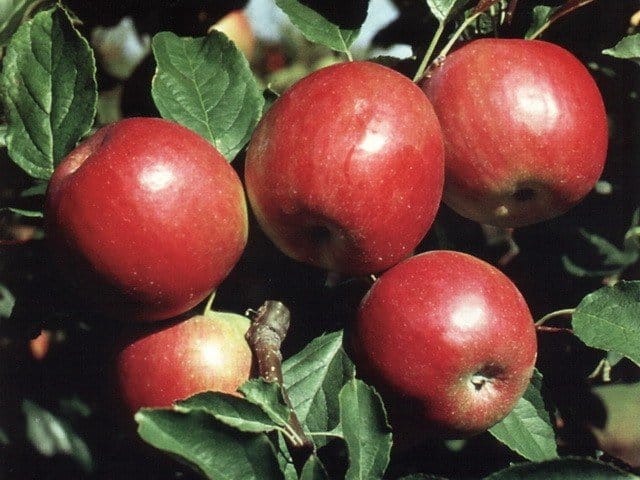
Apples do not need to be aged, as they can be eaten immediately. Consumed fresh. Previously red is an excellent base for preserving and making jam.
How to plant an apple tree on the site
The standard landing pattern will not work in this case. The seedlings, like the soil, must first be prepared. The composition of the soil and the place in the garden are also taken into account.
Selection and preparation of seedlings
For planting, seedlings 1-2 years old are useful. The root must have at least 2 and no more than 4 branches. The small roots that cover them absorb moisture, contributing to the normal development of the tree. Seedlings with dense and elastic bark are selected. It is better to give preference to a young tree with a straight trunk. The seedling does not require special preparation before planting.
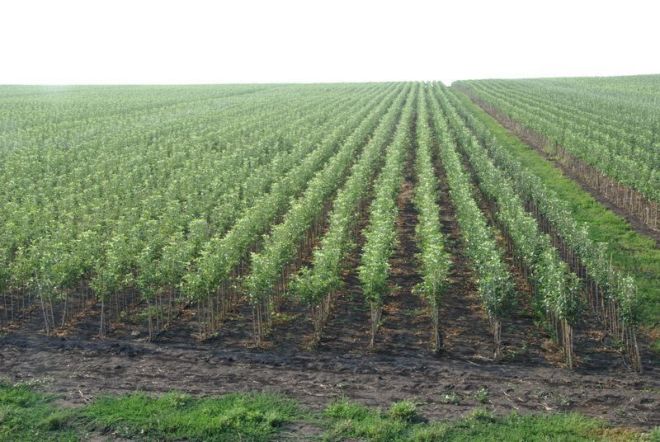
Optimal location and composition of the soil
The area where Red will grow earlier should be in the sunny side. Wetlands with the possibility of flooding during the rainy season are excluded.
The apple tree will delight with the harvest if it grows in soils rich in humus and sand.
It must be light so that the root system can breathe.Chernozems are another option for the normal growth of an apple tree.
Landing time and scheme
The right time for planting an apple tree is mid-April. At the same time, they make sure that the buds do not have time to bloom. If you adhere to this feature, the tree can take root well.
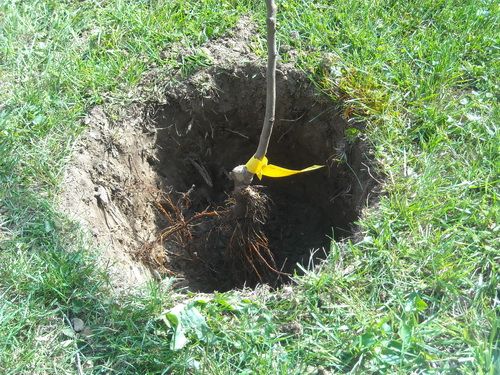
The dimensions of the fossa are made based on the dimensions of the root system. Depth - 60-70 cm. Between seedlings should be at least 4 m, row spacing at a distance of 5 m from each other.
Proper care of a young and adult tree
Each time of the year stands out with its own activities, which the apple tree needs.
Spring
At the moment when nature comes to life after the winter cold, you need to take care of the apple tree and set it up for fruiting. Pruning branches and fertilizing are especially important. There are also rules to follow in this matter.

Pruning
The procedure is important, as it contributes to the harvest for the season. In spring, branches are removed in one of two ways:
- Shortening.
- Thinning.
In the first case, pruning stimulates the growth of the kidneys, which are dormant. This also affects the formation of shoots. Thinning is the removal of branches, which is necessary to lighten the crown.
Fertilizer
In spring, it is recommended to feed the tree with mineral organic fertilizers. It can be ammonium sulfate or potassium sulfate. More readily available items are compost, bird droppings, or manure.
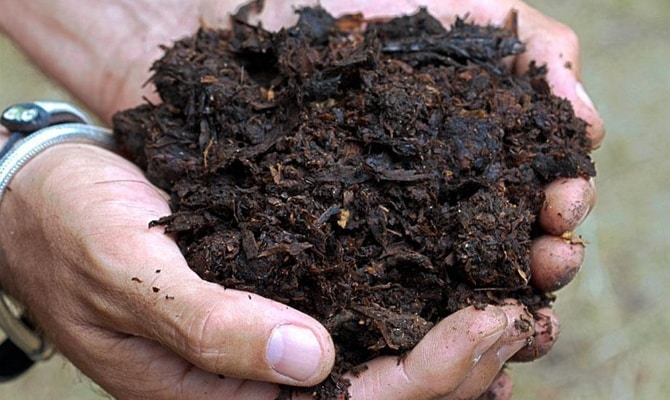
Summer
Although the variety tolerates hot weather, do not forget about watering. The tree is also treated against pests. Attention is paid to the soil in the area of the trunk circle.
Watering
After planting, the seedling needs regular and abundant watering. Up to 3 buckets of water are poured under one tree. Once a week is enough. During a drought, the tree is watered every 3-4 days.
Prevention
Treatment with special solutions 2 weeks after flowering will protect against attack of pests. After 3 weeks, spraying is carried out again. Malofos and chlorophos are used as processing agents.
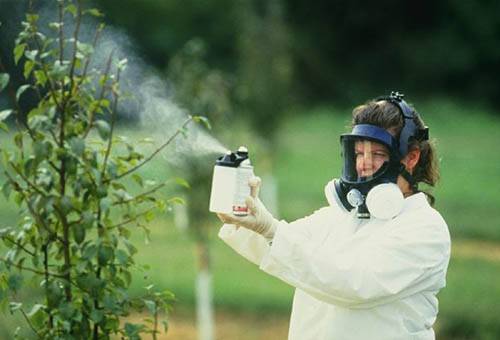
Fall
Before the onset of cold weather, they are preparing the tree so that it can survive the winter. Do not forget about preventive treatment for insects. The trunk is whitewashed in autumn.
Disease and pest control
Considering that the variety does not have a stable immune system against all pests, they help to protect it. At this time, they are fighting scab, apple crayfish, fruit rot and powdery mildew. For spraying, chemicals and folk methods are used.
Shelter for the winter
If the winter is cold, it is recommended to cover the apple tree. For this, the plot of land under which the roots are located is covered with a thick layer of mulch. The trunk and branches are wrapped in a suitable material.
The fabric must allow air to pass through so that oxygen can flow to the tree. Otherwise, the bark will rot and flake off over time.It is possible to grow the Red variety early. There shouldn't be any difficulties in the process. But for this you have to try.
